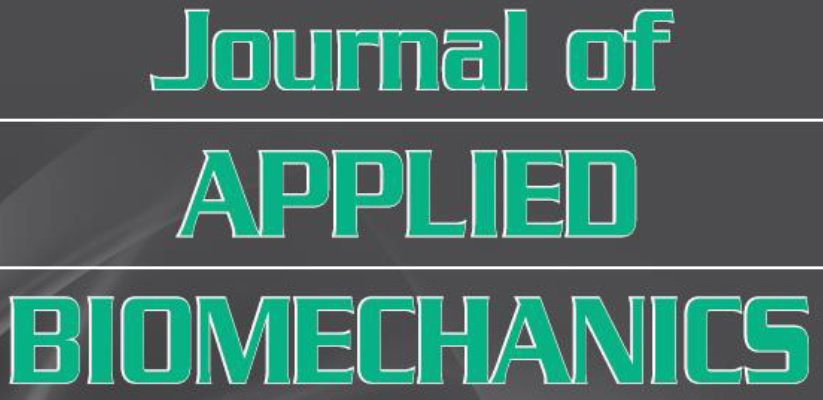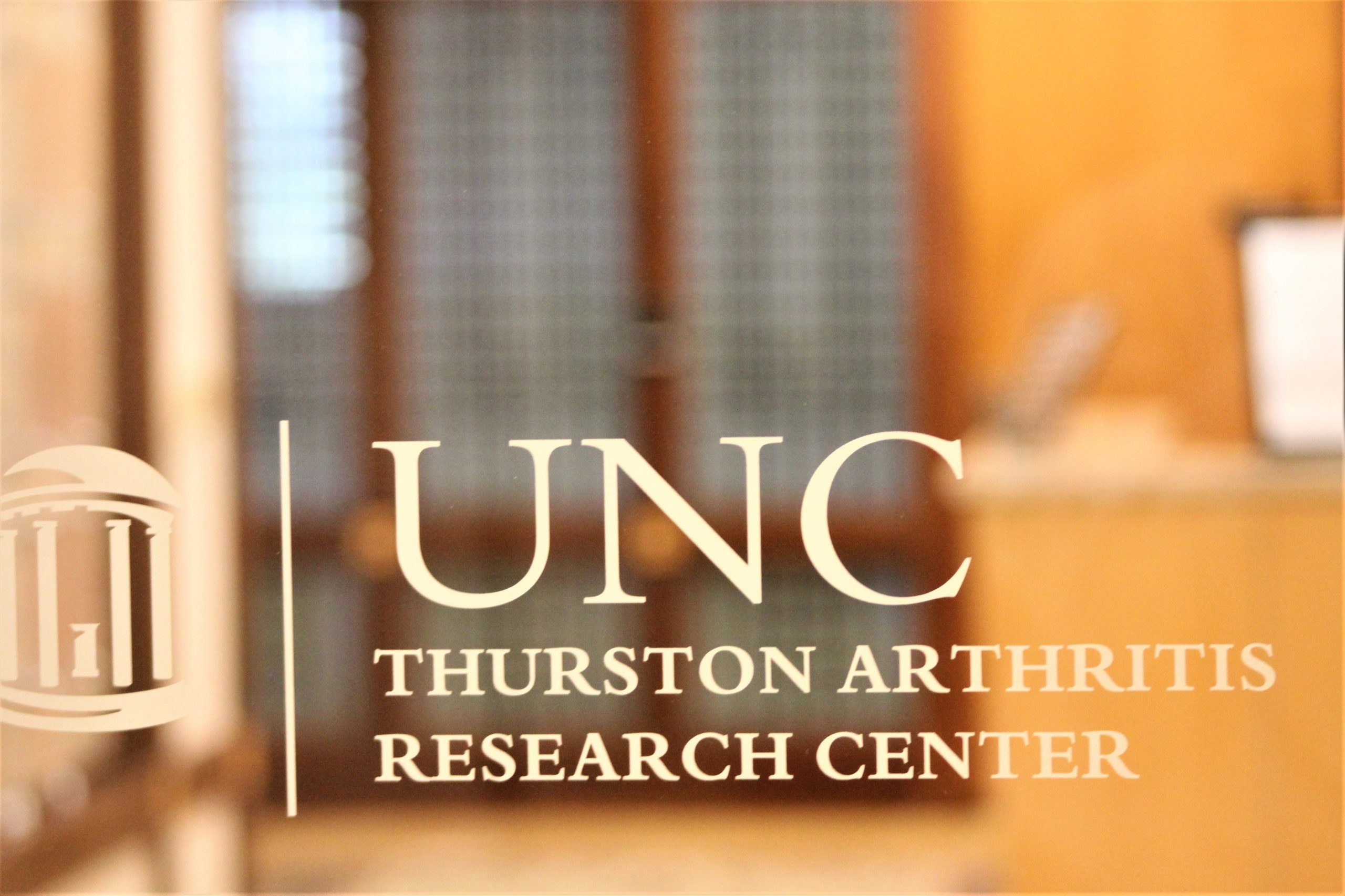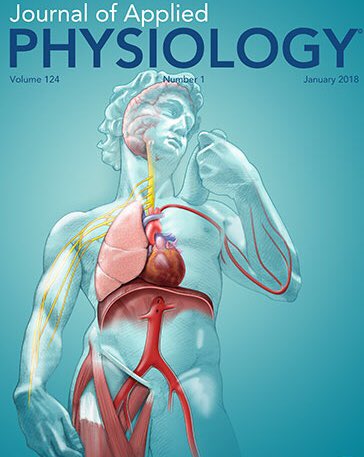Paper Accepted (August 2022)
Quantifying Relations Between Walking Speed, Propulsive Force, and Metabolic Cost
Richard E. Pimentel, Jordan N. Feldman, Michael D. Lewek, Jason R. Franz
![]()
Abstract
Walking speed is a useful surrogate for health status across the population. Walking speed appears to be governed in part by interlimb coordination between propulsive (FP) and braking (FB) forces generated during step-to-step transitions and is simultaneously optimized to minimize metabolic cost. Of those forces, FP generated during push-off has received more significant attention as a contributor to walking performance. Our goal was to first establish empirical relations between FP and walking speed and then to quantify their effects on metabolic cost in young adults. To specifically address any linkage between FP and walking speed, we used a self-paced treadmill controller and real-time biofeedback to independently prescribe walking speed or FP across a range of condition intensities. Walking with larger and smaller FP led to instinctively faster and slower walking speeds, respectively, with about 80% of variance in walking speed explained by FP. We also found that comparable changes in either FP or walking speed elicited predictable and relatively uniform changes in metabolic cost, together explaining ~53% of the variance in net metabolic power and ~14% of the variance in cost of transport. These results provide empirical data in support of an interdependent relation between FP and walking speed, building confidence that interventions designed to increase FP will translate to improved walking speed. Repeating this protocol in other populations may identify other relations that could inform the time course of gait decline due to age and disease.

 Abstract. Insufficient quadriceps force production and altered knee joint biomechanics after anterior cruciate ligament reconstruction (ACLR) may contribute to a heightened risk of osteoarthritis (OA). Quadriceps muscles lengthening dynamics affect force production and knee joint loading; however, no study to our knowledge has quantified in vivo quadriceps dynamics during walking in individuals with ACLR or examined correlations between quadriceps dynamics and joint biomechanics. Our purpose was to quantify bilateral vastus lateralis (VL) fascicle length change behavior and the association thereof with gait biomechanics during the weight acceptance phase of walking (i.e., between heel-strike and the instant of pKEM) in individuals with ACLR. We hypothesized that ACLR limbs would exhibit more fascicle lengthening than contralateral limbs. We also hypothesized that ACLR limbs would exhibit positive correlations between VL fascicle lengthening and knee joint biomechanics during weight acceptance in walking. We quantified bilateral VL contractile dynamics via cine B-mode ultrasound imaging in 18 individuals with ACLR who walked on an instrumented treadmill and compared outcomes between limbs. In partial support of our hypothesis, ACLR limb VL fascicles activated without length change on average during early stance while fascicle length on the contralateral limb decreased. We found a positive association between fascicle lengthening and increase in KEM in both limbs in individuals following ACLR. Together, our results suggest that examining quadriceps muscle dynamics may elucidate underlying mechanisms relevant to OA.
Abstract. Insufficient quadriceps force production and altered knee joint biomechanics after anterior cruciate ligament reconstruction (ACLR) may contribute to a heightened risk of osteoarthritis (OA). Quadriceps muscles lengthening dynamics affect force production and knee joint loading; however, no study to our knowledge has quantified in vivo quadriceps dynamics during walking in individuals with ACLR or examined correlations between quadriceps dynamics and joint biomechanics. Our purpose was to quantify bilateral vastus lateralis (VL) fascicle length change behavior and the association thereof with gait biomechanics during the weight acceptance phase of walking (i.e., between heel-strike and the instant of pKEM) in individuals with ACLR. We hypothesized that ACLR limbs would exhibit more fascicle lengthening than contralateral limbs. We also hypothesized that ACLR limbs would exhibit positive correlations between VL fascicle lengthening and knee joint biomechanics during weight acceptance in walking. We quantified bilateral VL contractile dynamics via cine B-mode ultrasound imaging in 18 individuals with ACLR who walked on an instrumented treadmill and compared outcomes between limbs. In partial support of our hypothesis, ACLR limb VL fascicles activated without length change on average during early stance while fascicle length on the contralateral limb decreased. We found a positive association between fascicle lengthening and increase in KEM in both limbs in individuals following ACLR. Together, our results suggest that examining quadriceps muscle dynamics may elucidate underlying mechanisms relevant to OA.


 Our laboratory was recently awarded two pilot grants from the UNC Thurston Arthritis Research Center (TARC). The awards will accelerate new interdisciplinary lines of research into: (i) the association between muscle action, inflammatory biomarkers, and cartilage loading during walking in people with
Our laboratory was recently awarded two pilot grants from the UNC Thurston Arthritis Research Center (TARC). The awards will accelerate new interdisciplinary lines of research into: (i) the association between muscle action, inflammatory biomarkers, and cartilage loading during walking in people with  Age-related differences in calf muscle recruitment strategies in the time-frequency domain during walking as a function of task demand
Age-related differences in calf muscle recruitment strategies in the time-frequency domain during walking as a function of task demand
